Image of the Day Archives

For older Image of the Day pictures, please visit the Image of the Day archives. Pictured: NGC 2467.
Young and Wrinkled
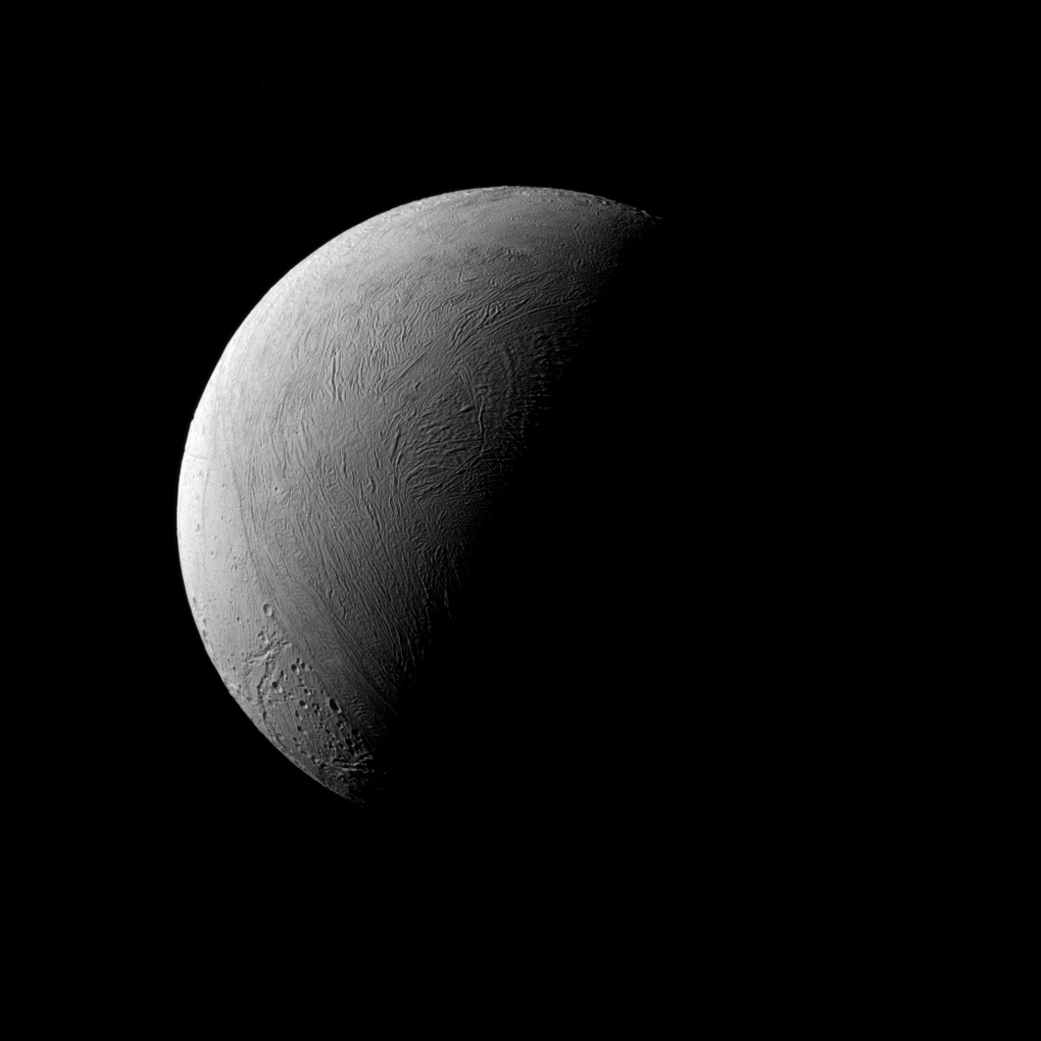
Monday, Feb. 1, 2016: Saturn’s moon Enceladus was captured by Cassini spacecraft’s narrow-angle camera on Sept. 8, 2015. The surface of icy Enceladus shows an uniform brightness, much brighter than Earth's moon. Large areas of Enceladus' surface contain relatively youthful (by geological standards), wrinkled terrains. Image released Jan. 25, 2016.
— Tom Chao
You Make Me Wanna SHOUT
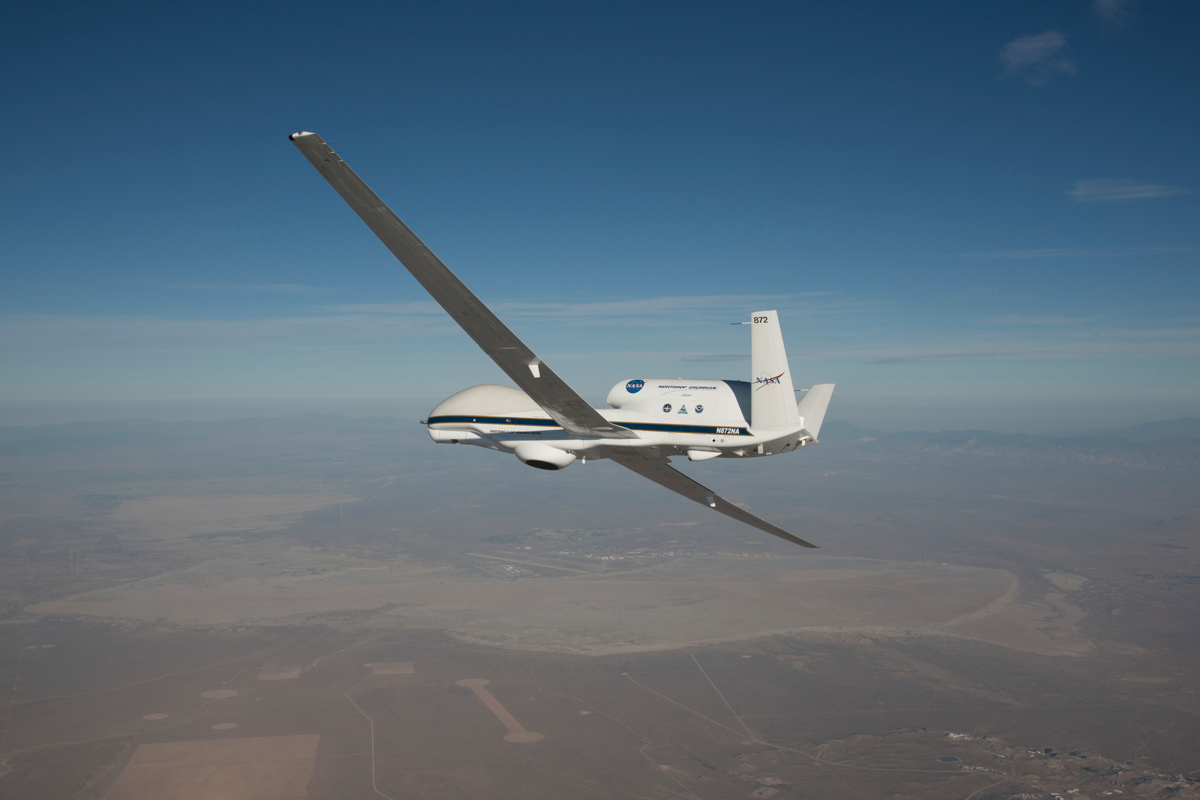
Tuesday, Feb. 2, 2016: NASA's remotely piloted Global Hawk aircraft will make several flights in February 2016 to support the National Oceanic and Atmospheric Administration's (NOAA) El Niño Rapid Rapid Response Field Campaign. The mission, called Sensing Hazards Operational Unmanned Technology (SHOUT), will gather El Niño storm data over the Pacific Ocean. Global Hawk is based at NASA's Armstrong Flight Research Center at Edwards Air Force Base in California. A media briefing on the El Niño project will take place at Armstrong on Feb. 5.
— Tom Chao
Galaxy Bar
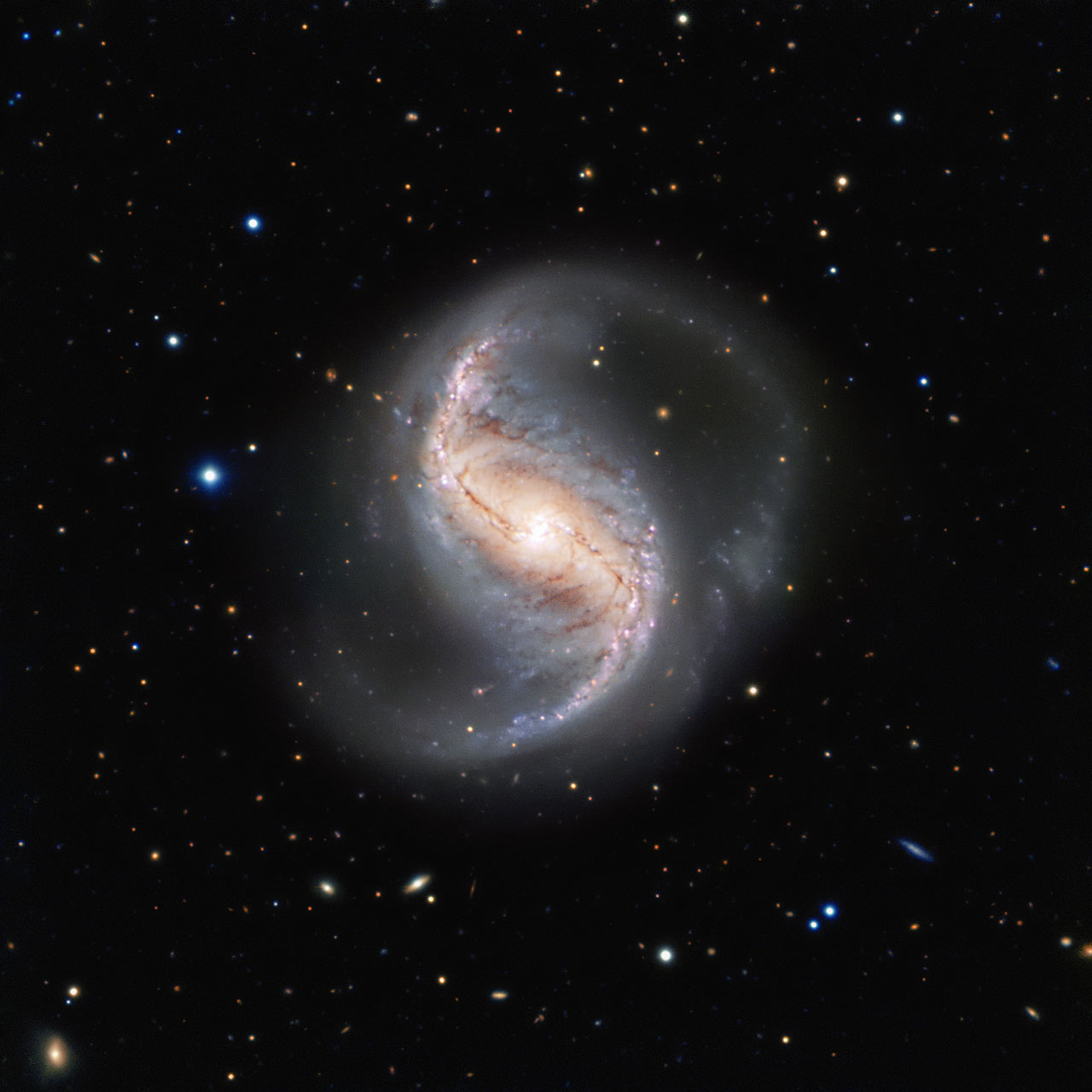
Wednesday, Feb. 3, 2016: Spiral galaxy NGC 986 lies about 56 million light-years away in the constellation of Fornax (The Furnace). Its face-on orientation allows us to clearly see its two main spiral arms and central bar-shaped structure composed of stars and dust. The latter feature makes it a barred spiral galaxy. About two thirds of all spiral galaxies contain a bar, including our own Milky Way galaxy, according to astronomical surveys. Image released Feb. 1, 2016.
— Tom Chao
This Isn’t Even My Final Form!
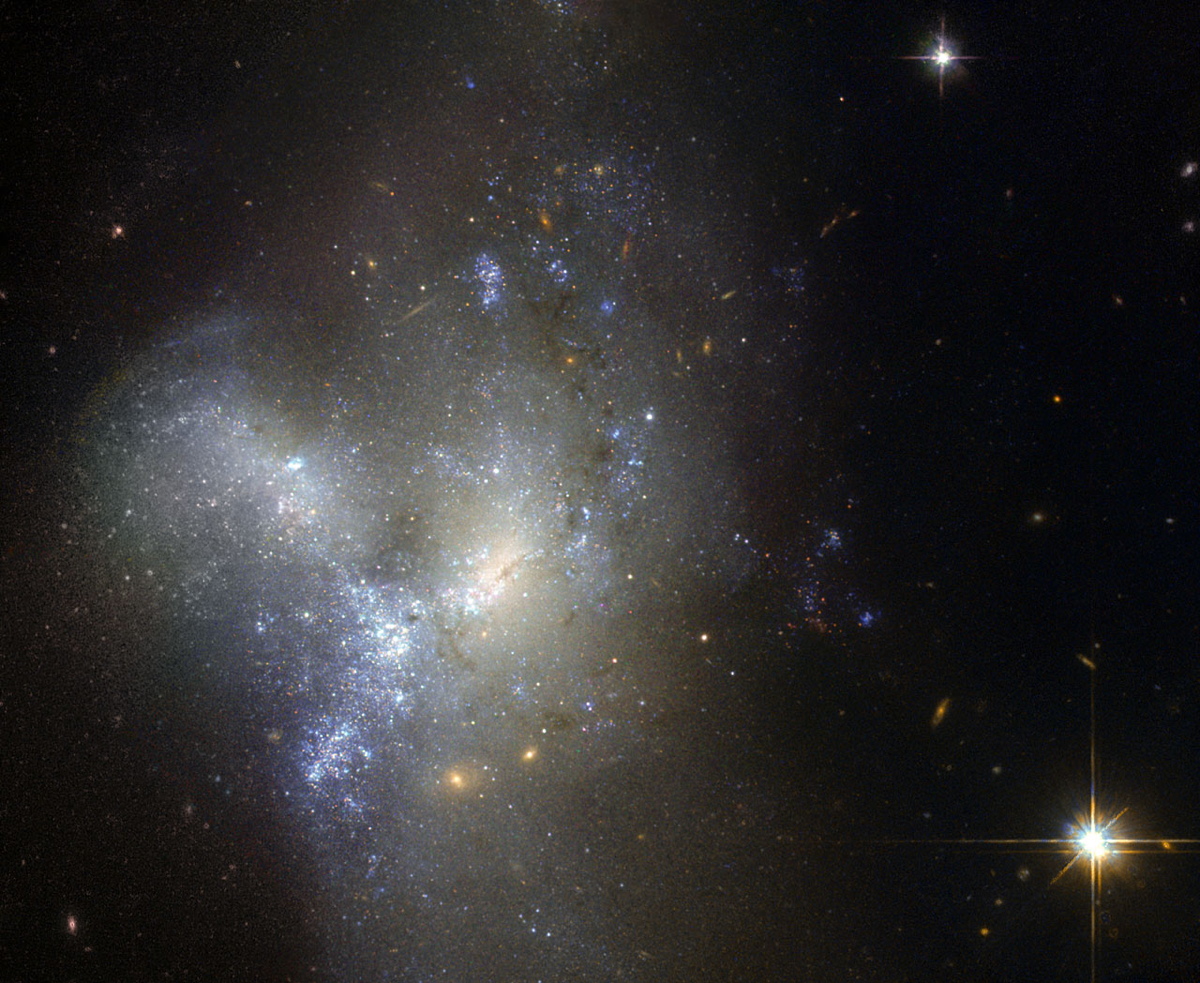
Thursday, Feb. 4, 2016: Galaxy NGC 1487 lies about 30 million light-years away in the southern constellation of Eridanus. The object we see here actually consists of two or more galaxies merging together. Whatever the original galaxies looked like, and even how many there were, would be very difficult to determine now after the violence of the collision. Possibly several dwarf galaxies in a small group have combined here. Image released Feb. 1, 2016.
— Tom Chao
Light and Dark
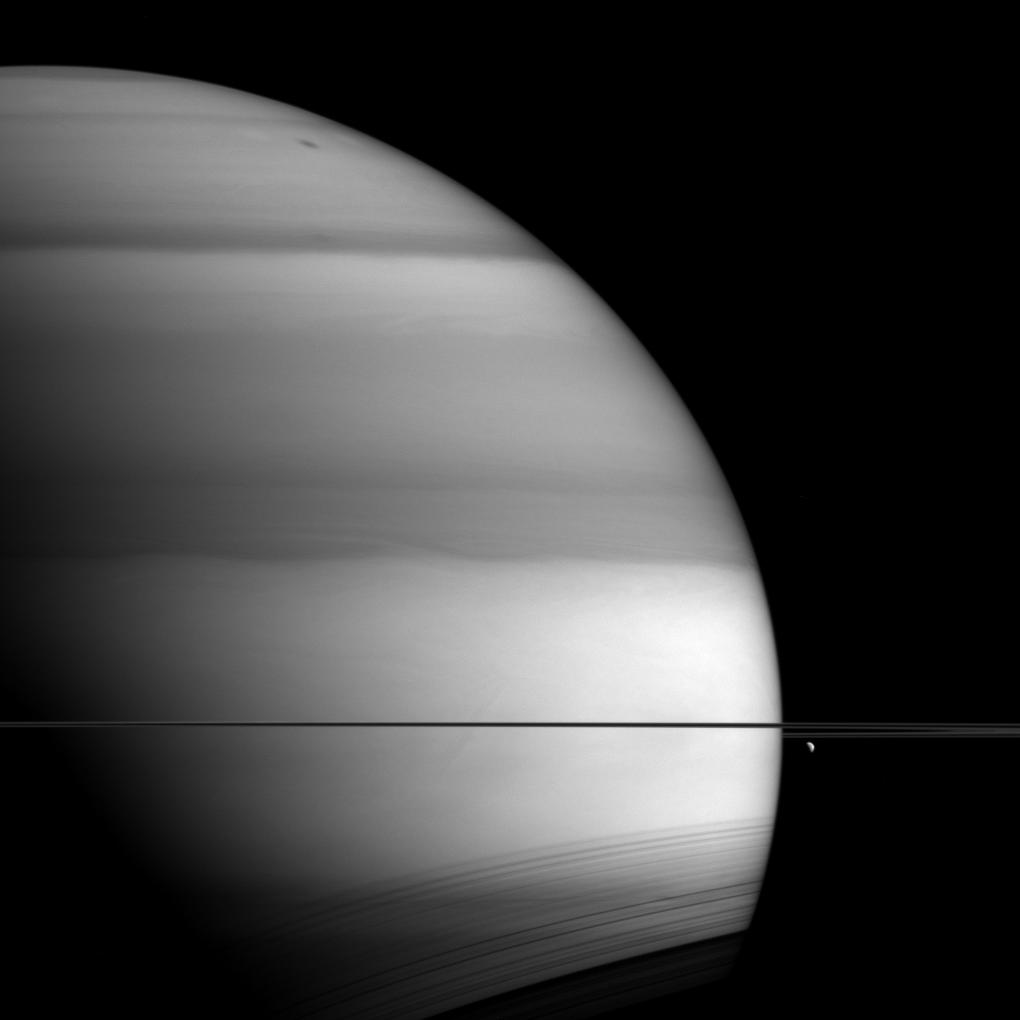
Friday, Feb. 5, 2016: Soft-edged bands of bright and dark areas on Saturn result from methane in the planet’s atmosphere, when viewed in wavelengths of light absorbed by methane. Dark areas show regions where light travels deeper into the atmosphere, passing through more methane, then reflects and scatters from clouds, heading back out of the atmosphere. Saturn’s moon Dione (698 miles or 1,123 kilometers across) appears below the rings at right. Ring shadows also fall on the planet at bottom. Cassini spacecraft’s wide-angle camera obrtained this image on Sept. 6, 2015.
— Tom Chao
Planets Over the White Cliffs of Dover
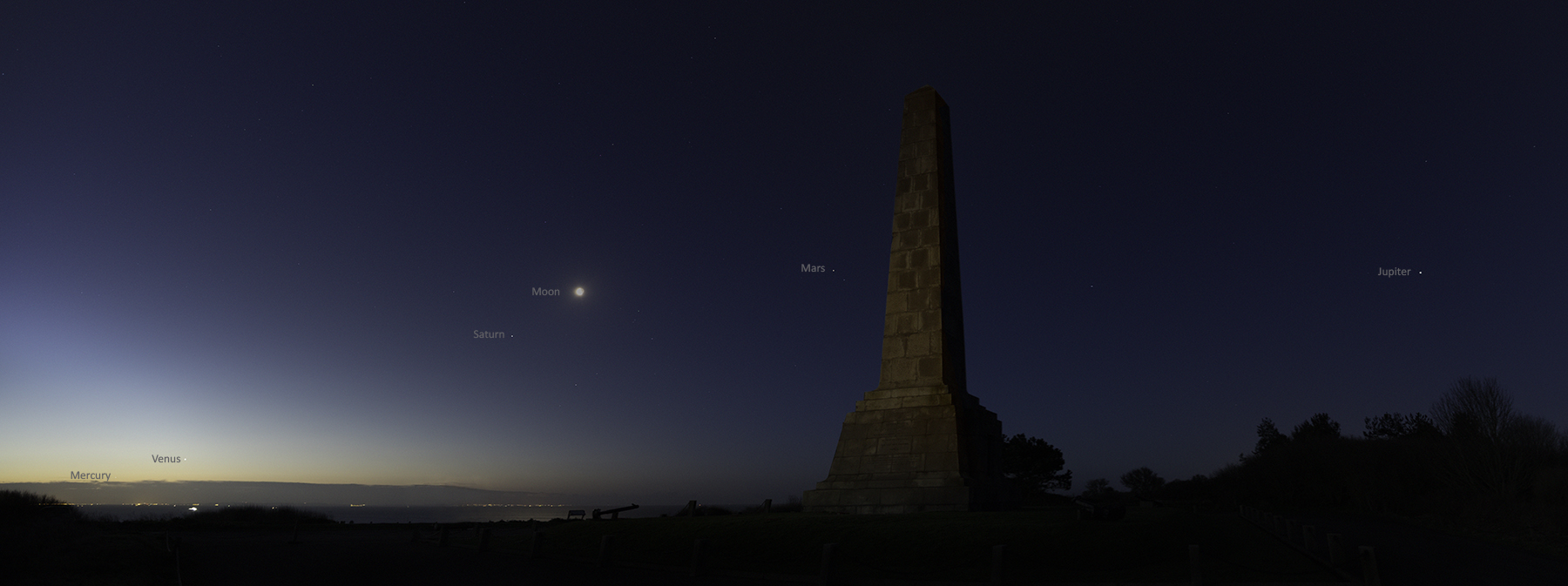
Monday, Feb. 8, 2016: Astrophotographer Paul Andrew captured 5 planets and the moon from his vantage point at the Dover Patrol Memorial at St. Margaret's Bay, on the White Cliffs of Dover in the southeast of the United Kingdom on Feb. 3, 2016. Andrew notes the lights of Calais (France), across the English Channel, glow on the horizon.
— Tom Chao
Breaking space news, the latest updates on rocket launches, skywatching events and more!
Blue Hen
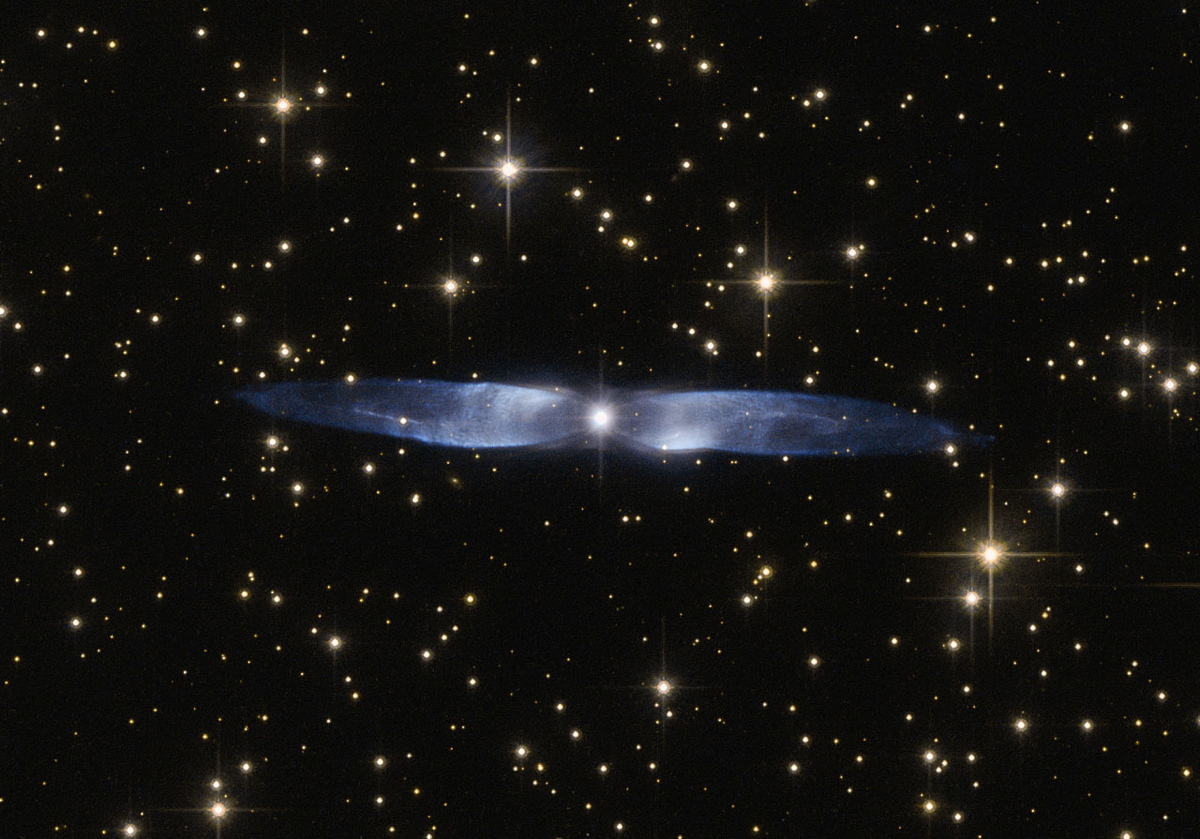
Tuesday, Feb. 9, 2016: Planetary nebula Hen 2-437 lies within the faint northern constellation of Vulpecula (The Fox). As an aging low-mass star like our sun transforms into a planetary nebula in the last stage of its life, when it becomes a red giant and casts off its outer layers of gas into space. Hen 2-437 hurls its ejected material out into diametrically opposed directions making it a bipolar nebula, featuring two icy blue lobes. Image released Feb. 8, 2016.
— Tom Chao
Tangled Up
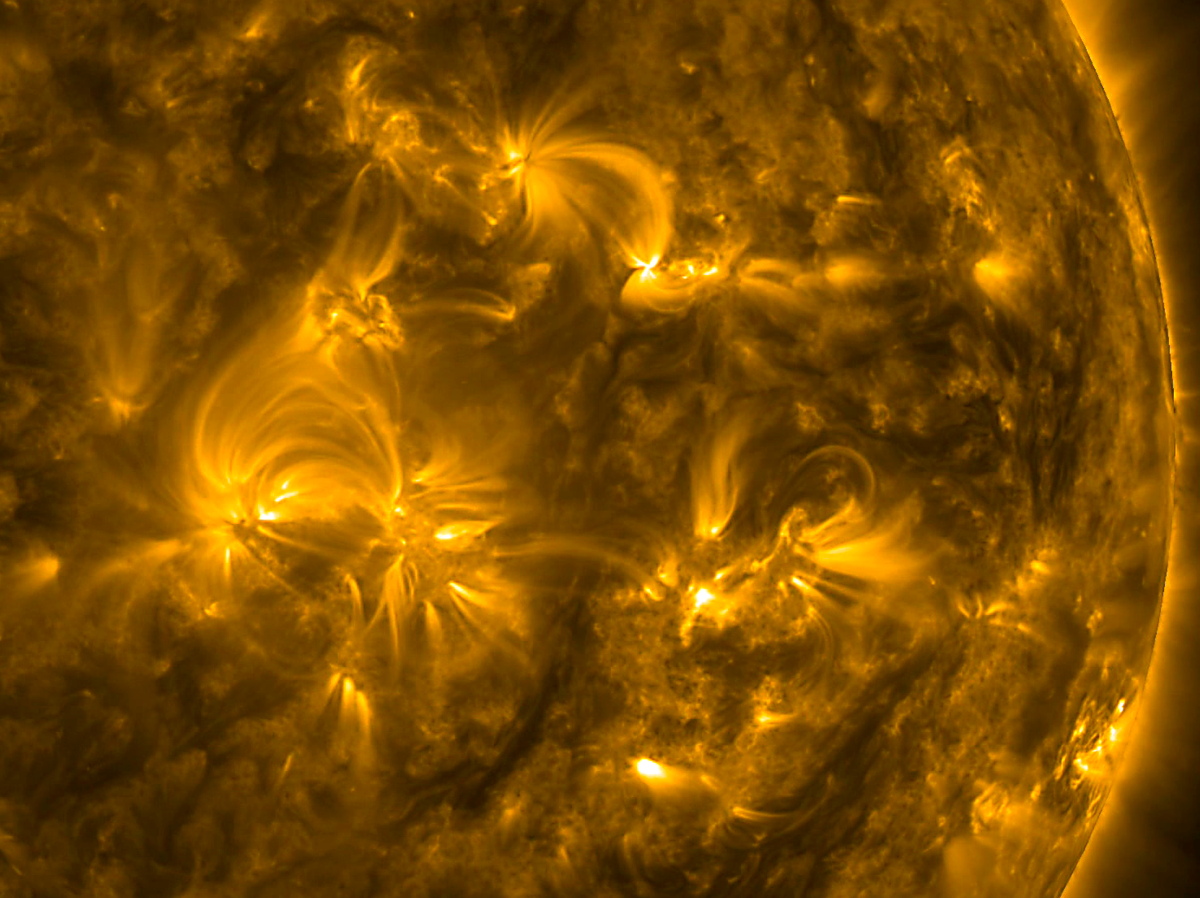
Wednesday, Feb. 10, 2016: Magnetic field lines connect nearby active regions on the sun during Jan. 8-9, 2016, as seen by NASA’s Solar Dynamics Observatory (SDO) in this still frame from a video. Over a two-day period, the lines connected, broke apart and reconnected between several solar active regions situated close to each other, showing the dynamic nature of the sun's surface. SDO caught the activity in a wavelength of extreme ultraviolet light.
— Tom Chao
Night Reconnaissance
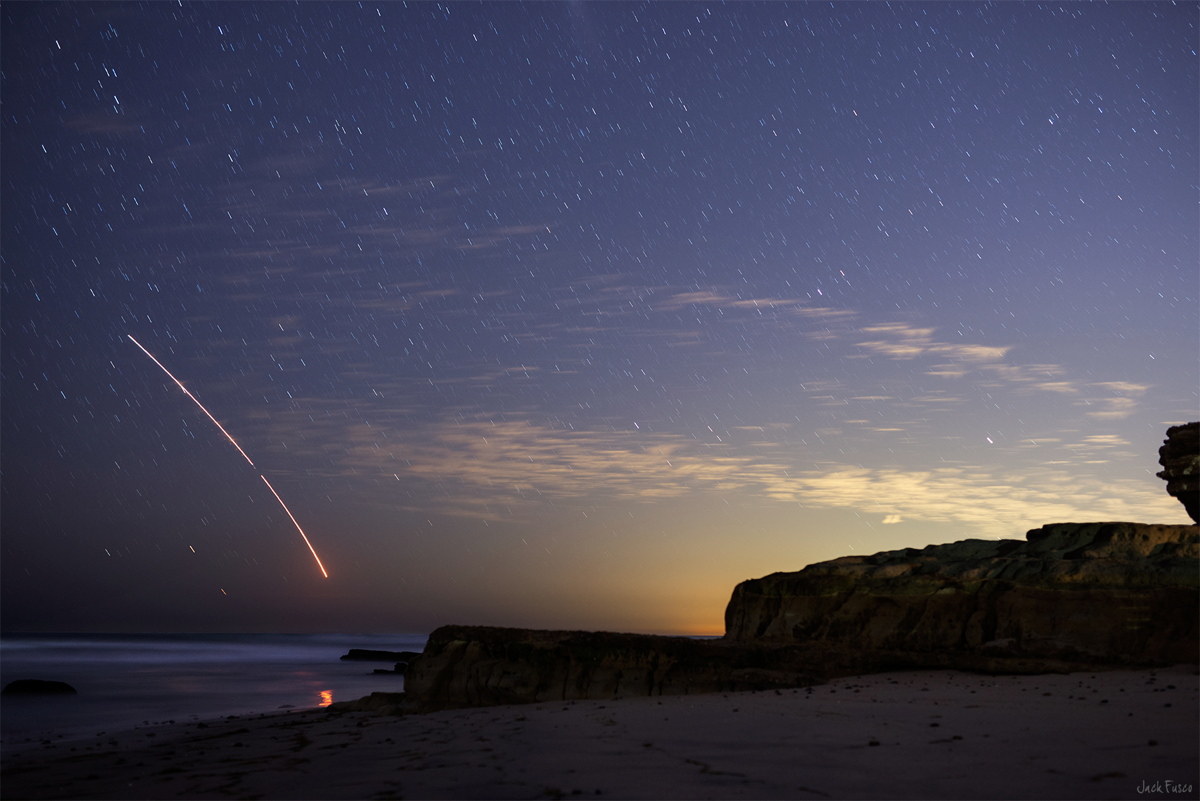
Thursday, Feb. 11, 2016: Astrophotographer Jack Fusco captured the launch of a Delta IV rocket at Vandenberg Air Force Base from his vantage point in Del Mar, California, on Feb. 10, 2016. The rocket carried the classified NROL-45 satellite for the National Reconnaissance Office. See our full story.
— Tom Chao
Blown by the Wind

Friday, Feb. 12, 2016: Mars Reconnaissance Orbiter (MRO) spacecraft captured this wind-shaped feature of Mars' terrain. The long protuberance running from left of center to upper right, shaped like a upturned boat hull, is known as a yardang, surrounded by sand-filled shallow channels. Sand, blown by wind, falls in ripples and small dunes. Shadows cast by yardangs on Mars appear sharp and dark, as the thin atmosphere does not scatter light a great deal. Image released Feb. 11, 2016.
— Tom Chao
Join our Space Forums to keep talking space on the latest missions, night sky and more! And if you have a news tip, correction or comment, let us know at: community@space.com.

